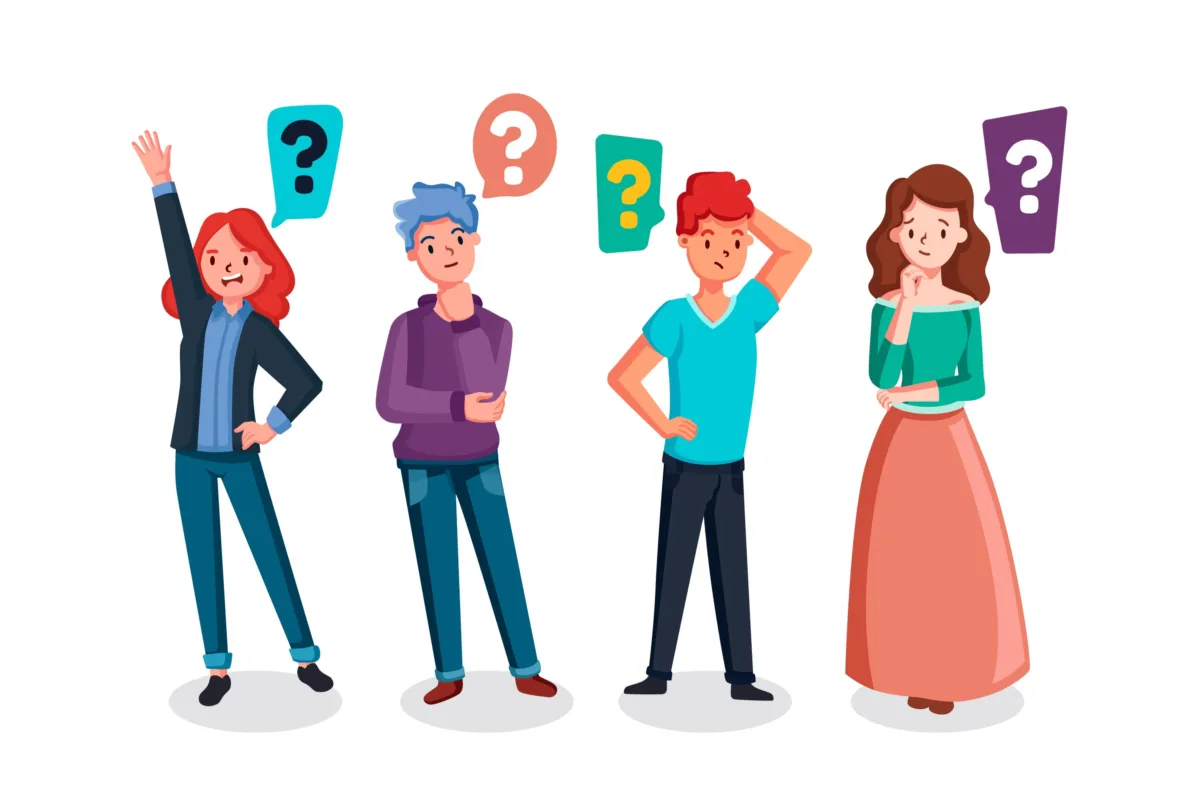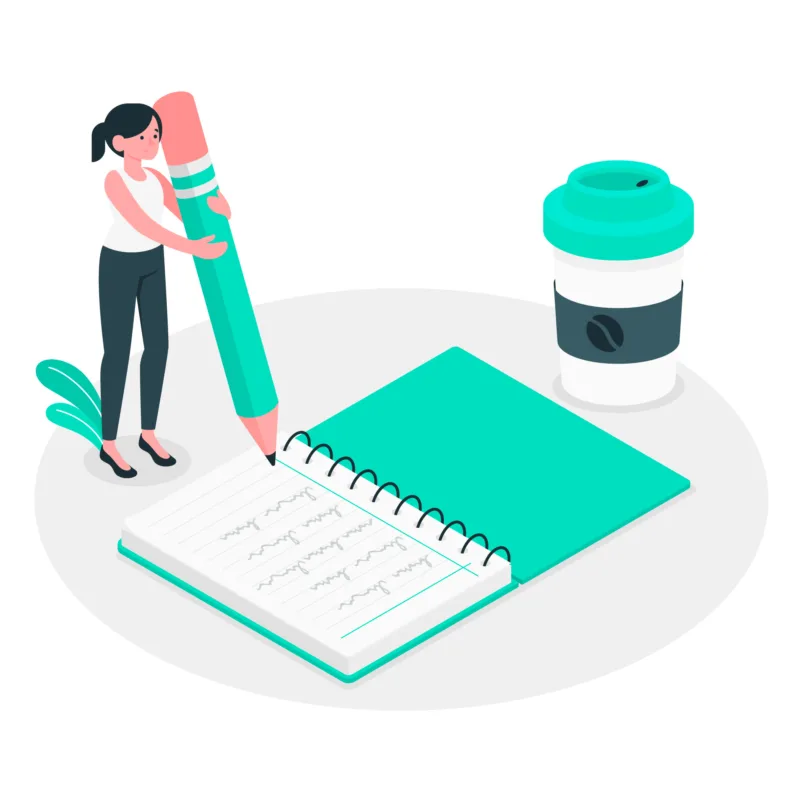Blog Posts
How To Read a Book 7 Simple Reading Strategies To Help You Read More Effectively
Embarking on a journey through the pages of a book is more than just flipping through words; it’s an exploration of ideas and worlds. Discover the art of effective reading with “How To Read a Book: 7 Simple Reading Strategies.”
Before you dive into the words, ask questions, ignite curiosity, and make every pause count. Through visualization, connections, and note-taking, unlock a transformative reading experience. This guide is your companion in turning the pages not just for information but for a deeper understanding. Unleash the power of words with these simple yet profound strategies.
1. Before Reading – Ask Questions:

Before delving into a book, spark your curiosity by posing questions. This not only sets the purpose for reading but activates your existing knowledge. Engaging with the material through questions enhances your overall understanding.
2. During Reading – Ask More Questions:

Continuously interact with the text by asking questions as you read. Frequent pauses to reflect and question keep you focused. Actively processing information in this way deepens comprehension and aids in connecting new concepts to your existing knowledge.
3. During Reading – Take A Longer Pause After A Difficult Section:

Encounter a challenging section? Don’t rush through it. Pause, reflect, and try to make sense of the content. This strategy allows you to grasp the main ideas and link them to what you already know, fostering a more comprehensive understanding.
4. During Reading – Visualize:

Transform your reading experience by creating mental images of the material. Visualization enhances memory and understanding. Picture the information, and watch as it becomes more vivid and memorable.
5. During Reading – Make Connections:

Relate the text to your personal experiences or existing knowledge. Making connections adds depth and meaning to the material. Identify similarities, differences, or patterns that resonate with your own life or understanding.
6. During Reading – Take Good Notes:

Effective note-taking is key to comprehension and retention. Jot down key points, summaries, and any questions or reflections that arise during your reading. This practice provides a valuable resource for reviewing and reinforcing material later.
7. After Reading – Find The Main Ideas:

Post-reading, identify the main ideas or key takeaways. This step solidifies your understanding and aids memory retention. Look for recurring themes, central arguments, or supporting evidence, enhancing your ability to recall and apply the information in the future.
Conclusion – Embrace these reading strategies as personalized tools for a more effective and enjoyable reading experience. The journey through a book becomes not just a passive absorption of words but an active engagement that enriches your understanding and connection with the material.
Happy reading!

